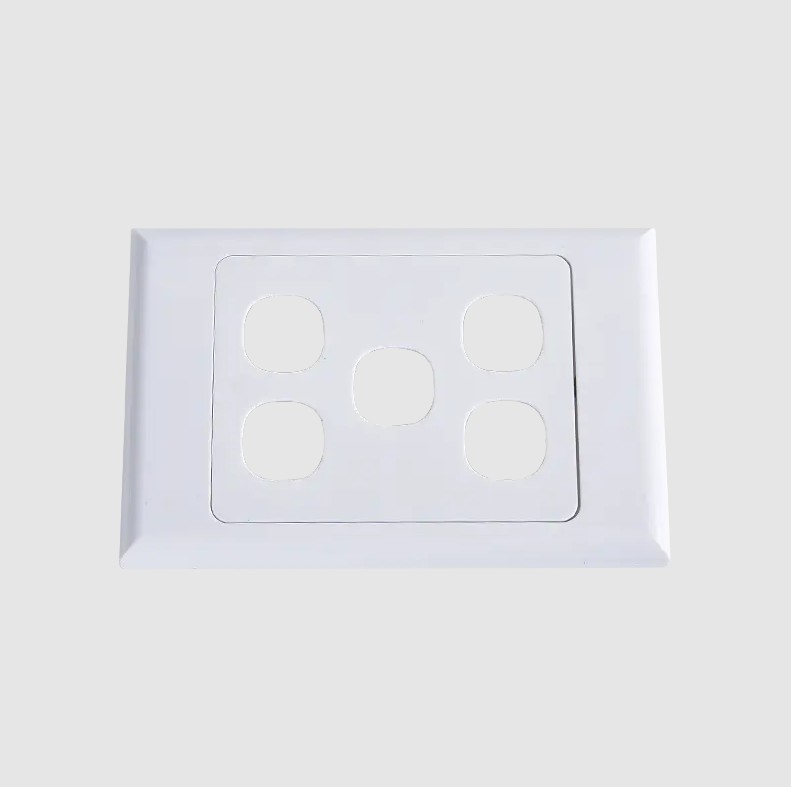In modern industrial manufacturing, smart homes, and everyday life, the concept of "Faceplate" is ubiquitous, but its true role and value may be underestimated. From the simplest control interface to complex structural support, a Faceplate is more than just a surface; it is a key vehicle for functional implementation, information communication, and aesthetic design.
Content
1. Core Function: The Hub of Interaction and Control
The most intuitive and important role of a Faceplate is as the interface for human-machine interaction. Whether it's the operating Faceplate of industrial machinery, the touchscreen Faceplate of a home appliance, or the instrument Faceplate of a car, they all perform the following key functions:
- Information Display: Visually presents the user with information such as the operating status, parameters, and warnings of a device or system.
- Control Input: Users control and adjust device functions by sending commands to the device through Faceplate components such as buttons, switches, touch areas, or knobs.
- Status Feedback: Indicators, digital displays, and text prompts provide users with feedback on whether commands have been executed and the results of execution.

2. Structure and Protection: The "outer shell" of functional components
Beyond interactive functions, Faceplates also play an irreplaceable structural role. It typically serves as the outer framework or a key component of a product or device:
- Protecting Internal Components: A Faceplate (such as the transparent Faceplate of an oil-level sight glass or the Faceplate of a wireless plug) effectively isolates delicate internal electronic or mechanical components, preventing damage from dust, moisture, liquids, or physical impact.
- Aesthetics and Ergonomics: A well-designed Faceplate determines the product's first impression, influencing the user's operational feel and overall experience. It integrates design aesthetics to make the product more appealing.
- Mounting and Positioning: The Faceplate serves as the mounting base for many internal components (such as circuit boards, displays, and fasteners), ensuring their accurate positioning and stable operation.
3. Application Expansion: Diversity from Industry to Life
The concept of a "Faceplate" varies depending on the application scenario, but its core role remains to carry functionality and enable interaction.
In the industrial sector, for example, in hydraulic machinery, the oil plug may be integrated into a Faceplate or similar structure, while the oil-level sight glass itself provides a Faceplate for observing the oil level. In the electronics sector, such as in equipment used to manufacture multi-lumen catheters or balloon tubes, the Faceplate is key to achieving precise control and parameter adjustment.
In the energy sector, for example, the back glass of photovoltaic modules, while not directly used for interaction, provides crucial protection, insulation, and reflection for the photovoltaic cells, enhancing module efficiency and durability.
The Faceplate's role is multifaceted. It not only bridges human-machine communication but also ensures the structural integrity and functional stability of the product. Whether serving as a display window, control center, or rugged exterior, the Faceplate is a crucial core component of modern products.



 Español
Español عربى
عربى













